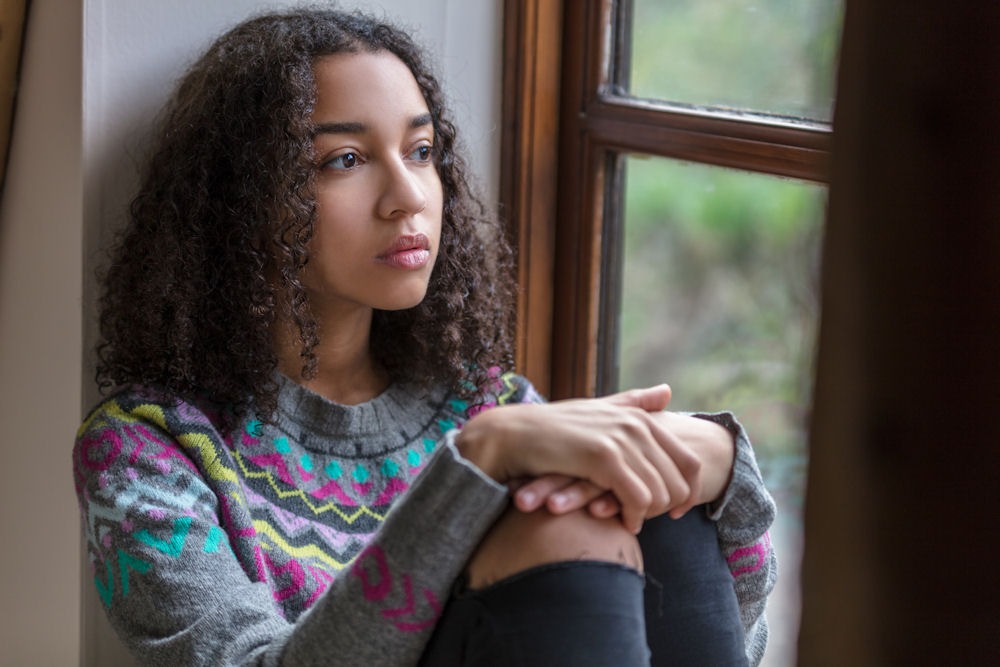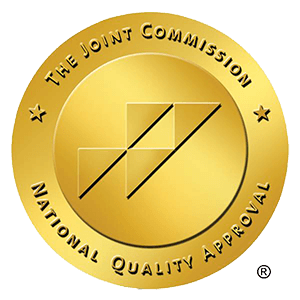Many teens experience social anxiety, a quiet but persistent struggle that makes everyday interactions feel overwhelming. Simple things such as answering a question in class or chatting with peers can trigger an intense fear of judgment.

Tagged social anxiety in teens



